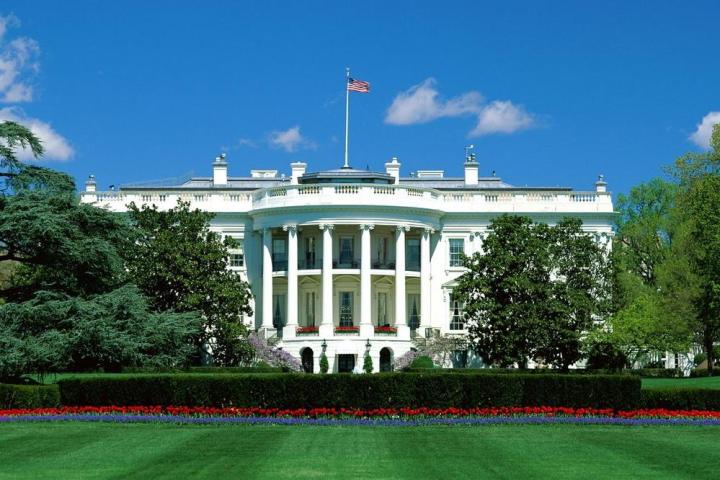
The decision isn’t a particularly surprising one, especially considering the Obama administration’s reliance upon and fondness of social media in the past. After all, this is the president who galvanized voters by way of text message, held YouTube Q&As, and posted Facebook videos to make major announcements. And in true Obama style, First Lady Michelle Obama revealed the policy change in an Instagram video. “If you’ve been on a White House tour, you may have seen this sign,” says the First Lady, as she holds up a sign reading, “No Photos or Social Media Allowed.” “Well, not anymore,” she concludes, and for good measure, she rips the sign in two.
According to officials, it is the lessened dependence on flash photography that spurred the rule revision, as previous policies were kept in place to protect valuable and venerable art that hangs throughout the building. Tourists were quick to take advantage of the updated rules — Michael Labrecque, a Florida native who toured the White House with his family, told the Washington Post, “I’m very happy they changed the rule. I’m taking as many as I can.”
Unfortunately, still banned are certain photo-taking apparatuses, like selfie sticks, because let’s face it, those things are a menace to society as a whole. So take as many pictures as you want, Instagram, Facebook, and tweet them, but make sure that your arm is long enough to take the right shot.
Editors' Recommendations
- How a tiny social media break can give you surprisingly big health benefits
- Trump’s FCC order could make social media even more of a garbage fire


